Ancient Buddhists in the East seem dedicated to constructing engineering feats.
Let’s start with the Tiger’s Nest Monastery in Bhutan.
This temple complex was first built in 1692, around a cave where a revered Guru Padmansambhanva is said to have meditated for three months in the 8th century. Padmasambhava is credited with introducing Buddhism to Bhutan.
The monastery buildings consist of four main temples and residential shelters designed by adapting to the rock (granite) ledges and eight caves. All the buildings are interconnected through steps and stairways made in rocks. There are a few rickety wooden bridges along the paths and stairways also to cross over. The temple at the highest level has a frieze of Buddha. Each building has a balcony, which provides lovely views of the scenic Paro valley down below.
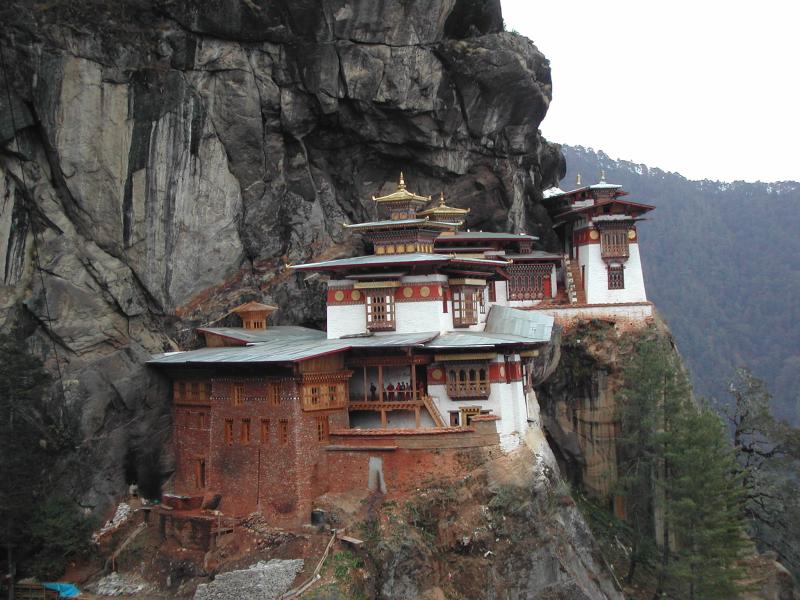 Special permission is required for non-Bhutanese to visit the monastery, usually granted only to practicing Buddhists on a religous retreat.
Special permission is required for non-Bhutanese to visit the monastery, usually granted only to practicing Buddhists on a religous retreat.
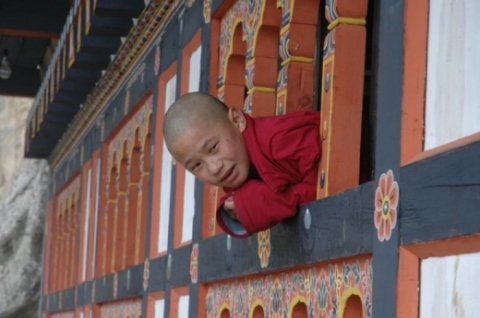 Young monk peeks out of temple.
Young monk peeks out of temple.
Next is The Hanging Temple or Hanging Monastery in China.
Built into a cliff (75 m or 246 ft above the ground) in Shanxi province , the Hanging Monastery was built more than 1,500 years ago.
The temple was constructed by drilling holes into the cliff side and inserting crossbeams halfway to serve as the foundation. How did they do this 1,500 years ago?
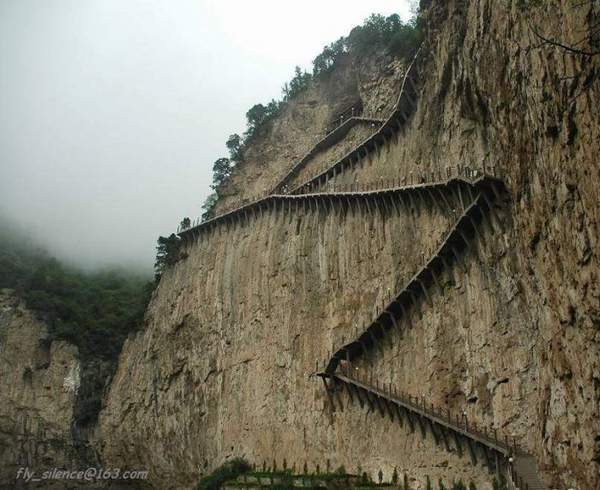 If you look carefully above, you will see somebody walking on this uninviting stairway.
If you look carefully above, you will see somebody walking on this uninviting stairway.
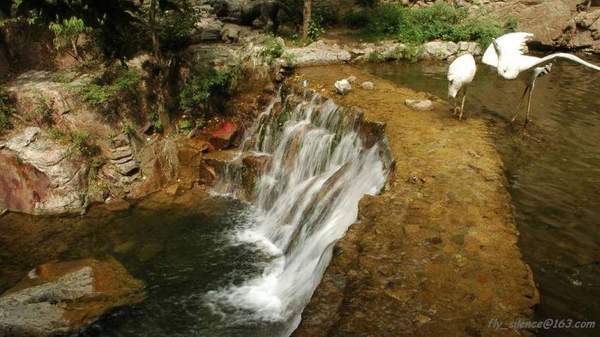 Many thanks to fly_silence@163.com for photos of the Hanging Temple. If you want to see a video with music of these photos go here.
Many thanks to fly_silence@163.com for photos of the Hanging Temple. If you want to see a video with music of these photos go here.
Next up: Popa Taungkalat monastery in Myanmar, formerly Burma.
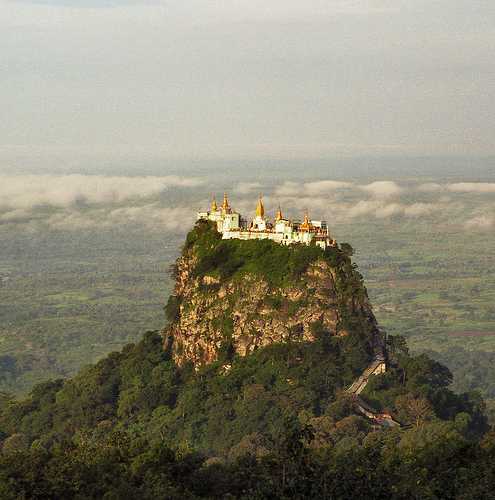 Rising to 2,417 feet (737 meters) from the flat, surrounding plain, the Mt Popa Taugnkalat Monastery is built on the core of an extinct volcano last active 250000 years ago. At one time a Buddhist hermit, U Khandi, maintained the stairway of 777 steps to the summit of the pedestal hill named Taung Kalat. It is said the shrine is home to 37 Nats, or spirits, with statues depicting them at its base.
Rising to 2,417 feet (737 meters) from the flat, surrounding plain, the Mt Popa Taugnkalat Monastery is built on the core of an extinct volcano last active 250000 years ago. At one time a Buddhist hermit, U Khandi, maintained the stairway of 777 steps to the summit of the pedestal hill named Taung Kalat. It is said the shrine is home to 37 Nats, or spirits, with statues depicting them at its base.
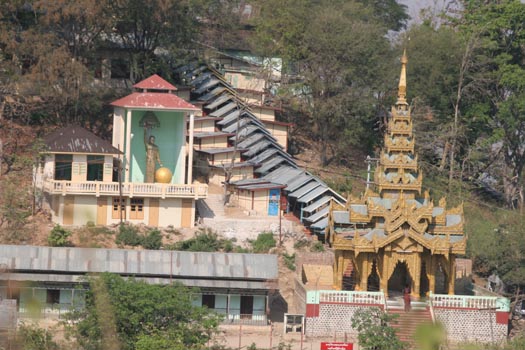 Above, a close up of the 777 stairs.
Above, a close up of the 777 stairs.
Now to central Java in Indonesia, and the 9th-century temple, Borobudur.
 The monument comprises six square platforms topped by three circular platforms, and is decorated with 2,672 relief panels and 504 Buddha statues. A main dome, located at the center of the top platform, is surrounded by 72 Buddha statues seated inside a perforated dome. Some scholars think that this massive monument is a gigantic textbook of Buddhism. To read this textbook in stone requires a walk of more than two miles.
The monument comprises six square platforms topped by three circular platforms, and is decorated with 2,672 relief panels and 504 Buddha statues. A main dome, located at the center of the top platform, is surrounded by 72 Buddha statues seated inside a perforated dome. Some scholars think that this massive monument is a gigantic textbook of Buddhism. To read this textbook in stone requires a walk of more than two miles.
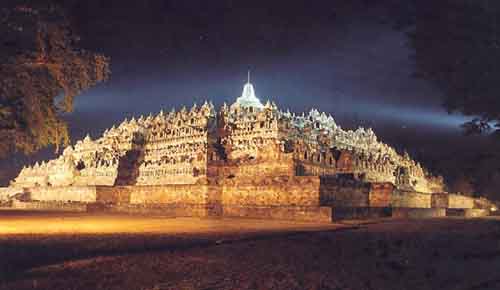 For more info on Borobudur go here. And thanks to Sacred Destinations for info and photos.
For more info on Borobudur go here. And thanks to Sacred Destinations for info and photos.
Back to Myanmar/Burma for Kyaiktiyo Pagoda also known as Golden Rock.
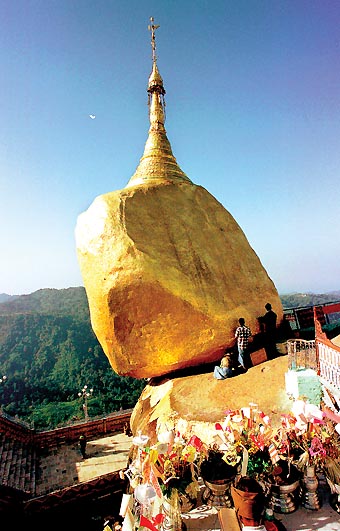 This small pagoda (7.3 metres (24 ft)) built on the top of a granite boulder is covered with gold leaves pasted on by devotees. According to legend, the Golden Rock itself is precariously perched on a strand of the Buddha’s hair. The rock seems to defy gravity, as it perpetually appears to be on the verge of rolling down the hill.
This small pagoda (7.3 metres (24 ft)) built on the top of a granite boulder is covered with gold leaves pasted on by devotees. According to legend, the Golden Rock itself is precariously perched on a strand of the Buddha’s hair. The rock seems to defy gravity, as it perpetually appears to be on the verge of rolling down the hill.
Now Tibet
Finally, Tongtian Avenue, in China is a long road cut along side the mountain to the tourist attraction of Tianmenshan.
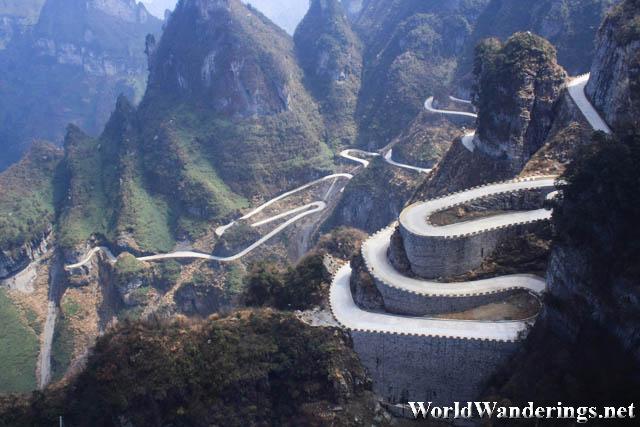 This “Avenue” has exactly 99 turns. Heaven supposedly has 9 palaces.
This “Avenue” has exactly 99 turns. Heaven supposedly has 9 palaces.
Thanks to cousin Mike for the link that started this exploration of Buddhist Monastery wonders.
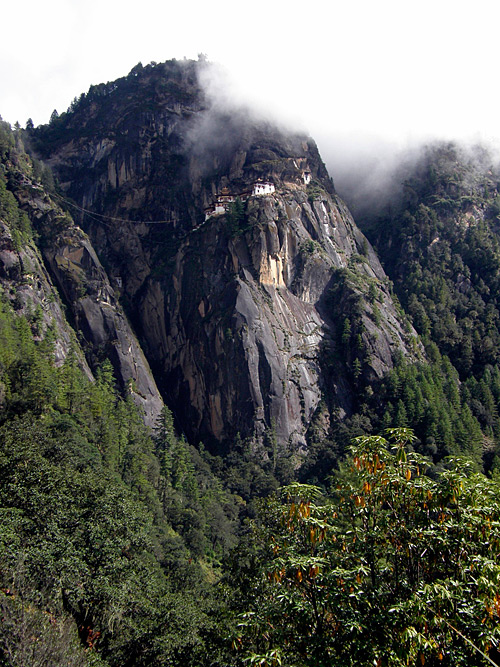
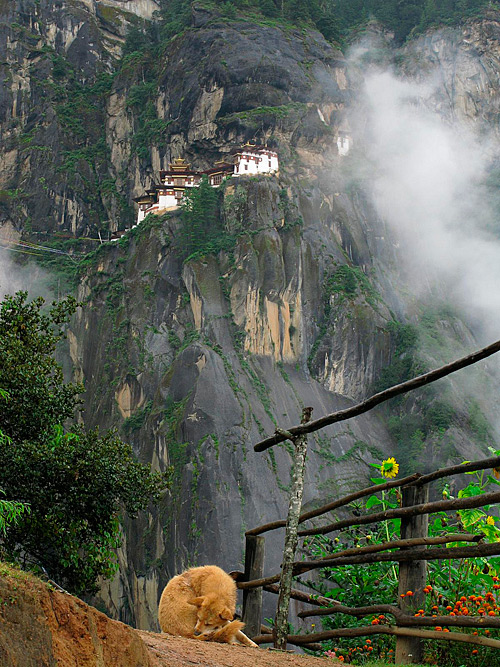
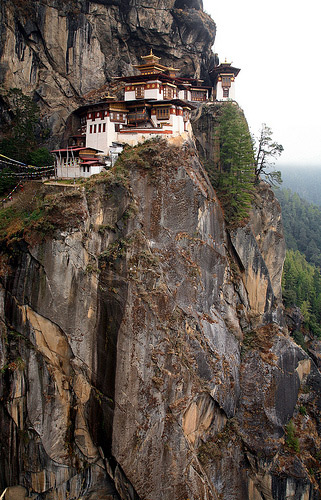
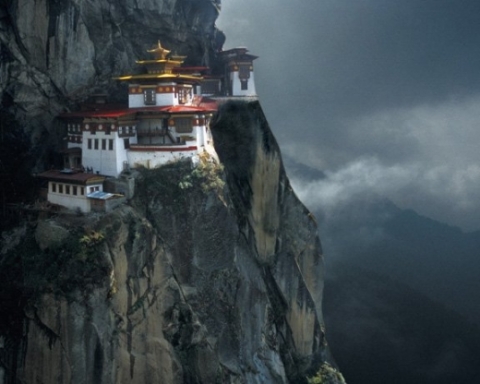
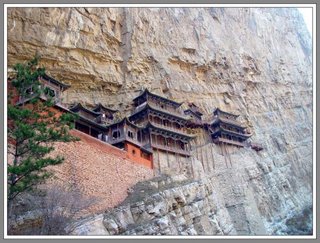
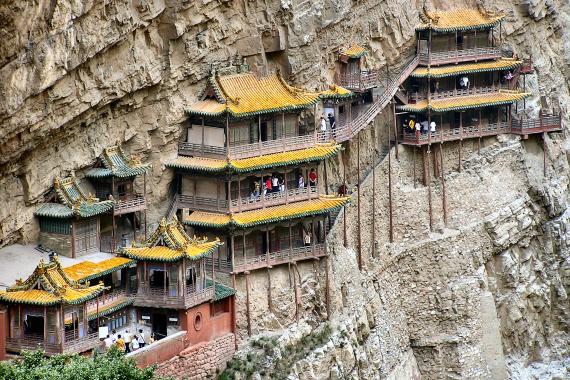
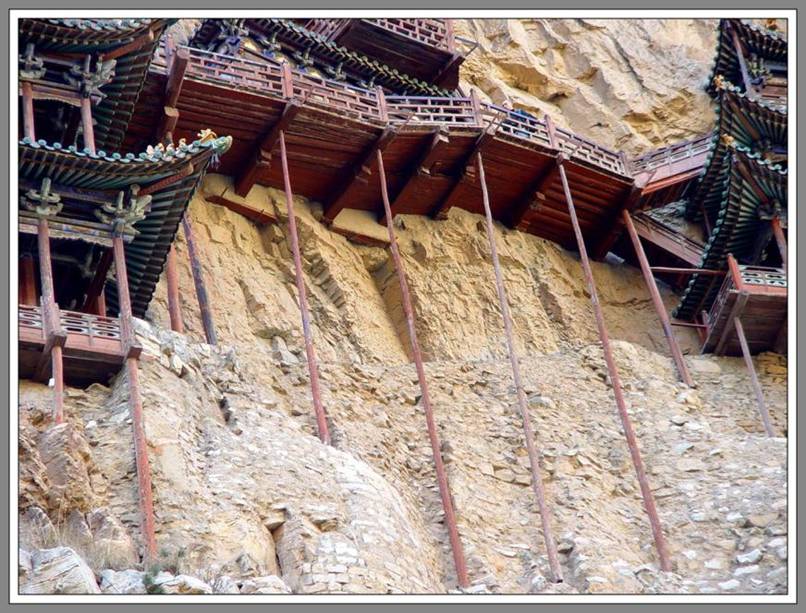
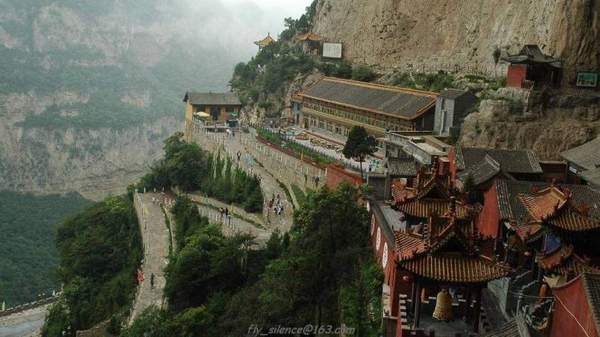
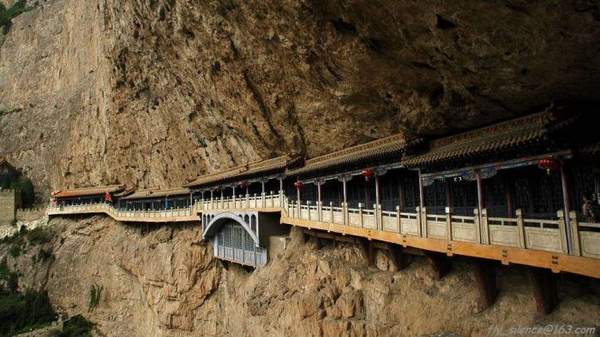

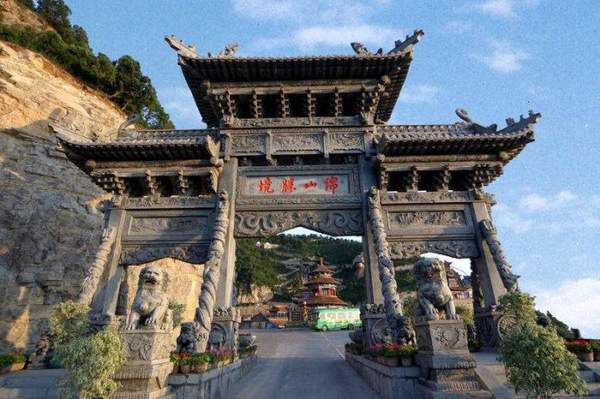
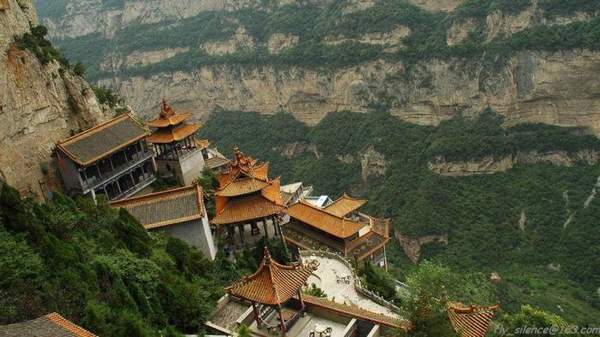
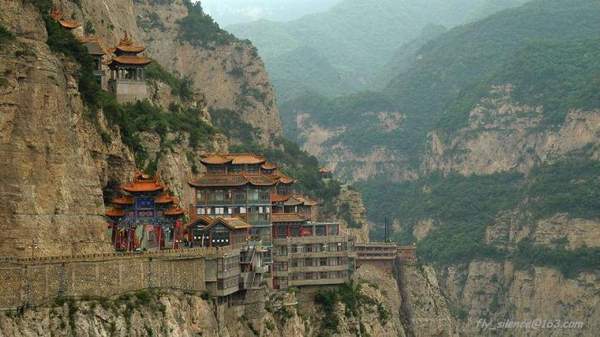
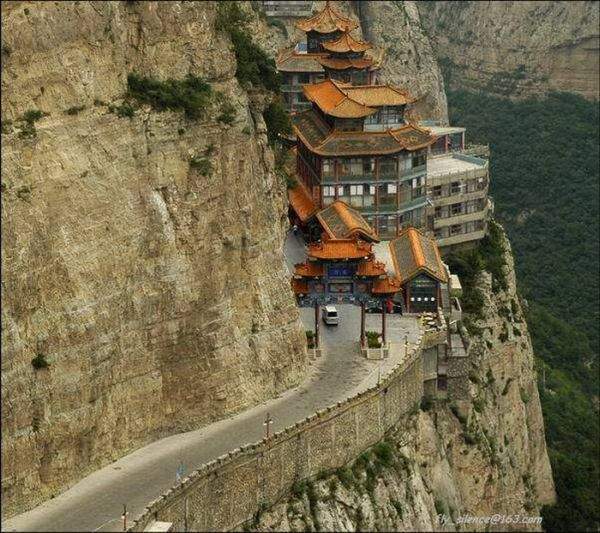
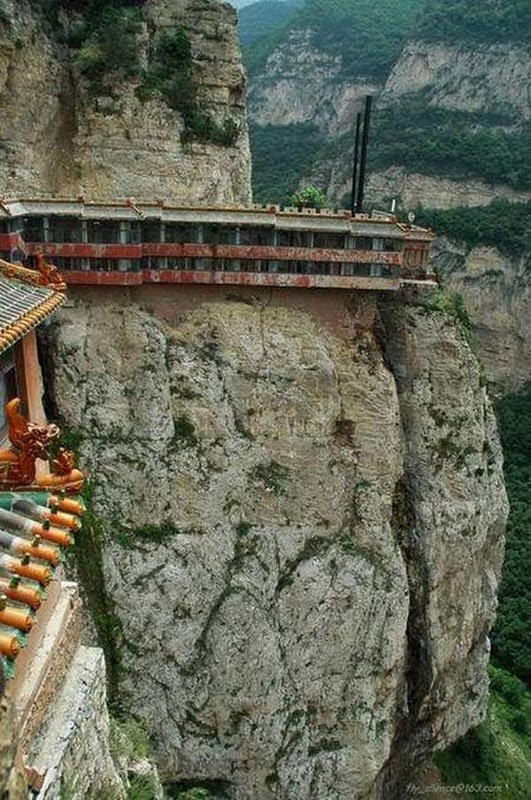
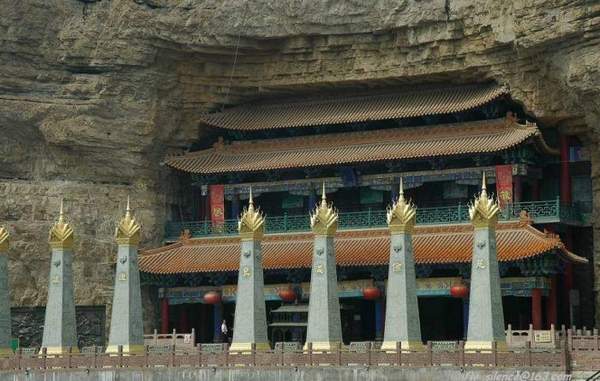
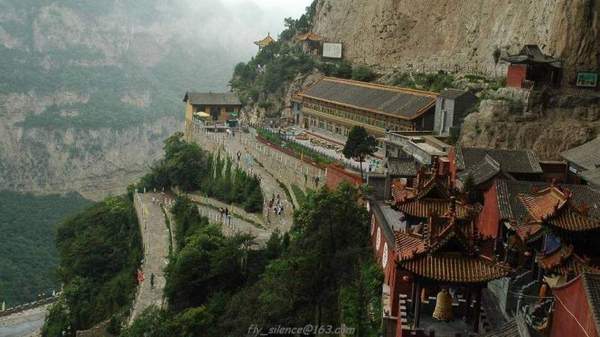
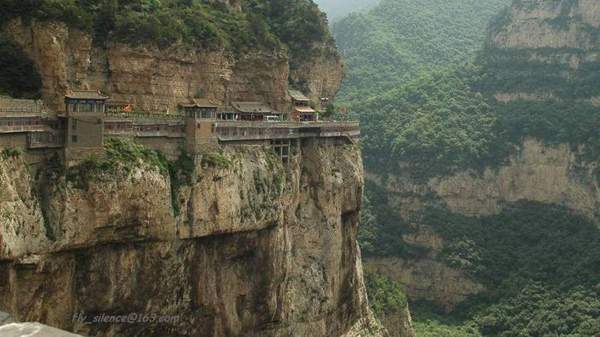
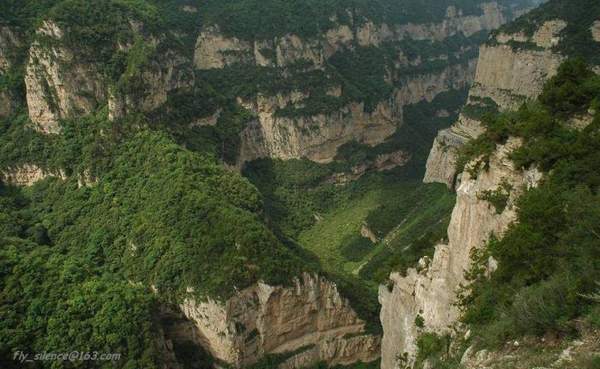
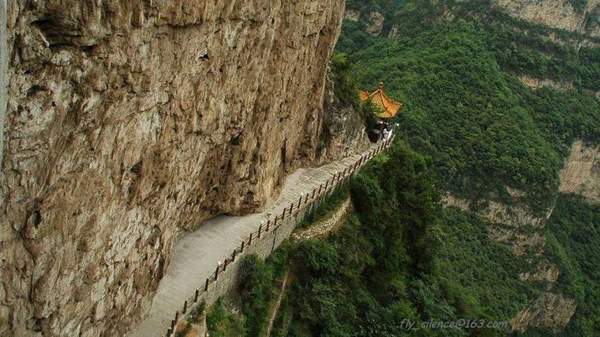
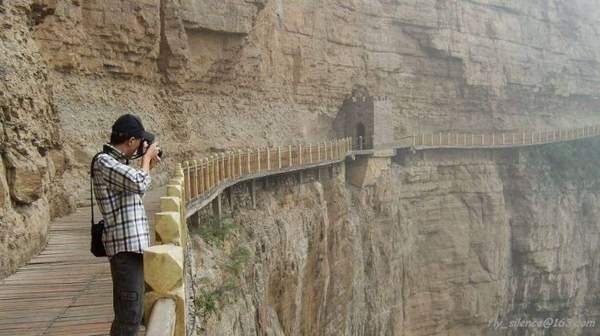
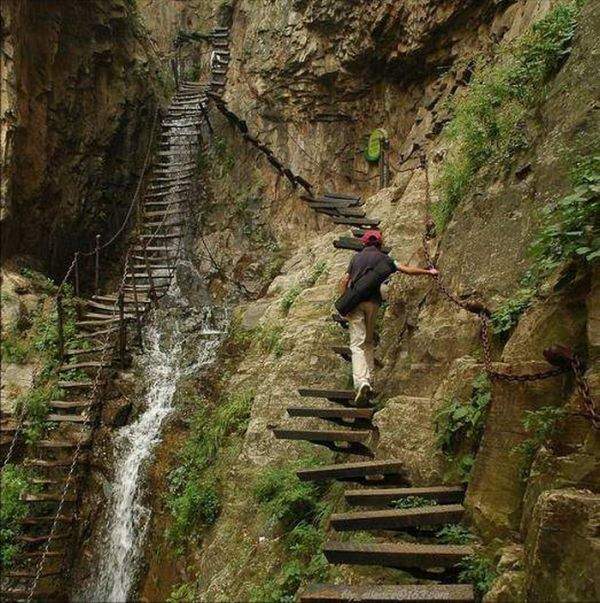
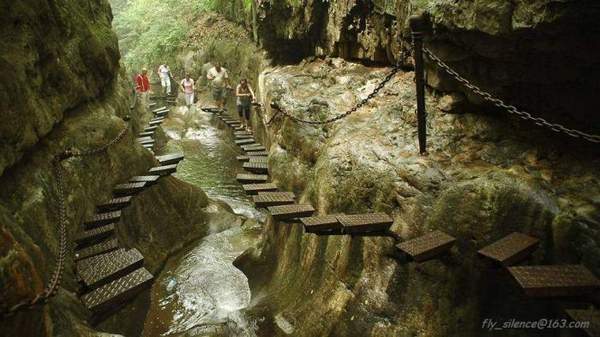
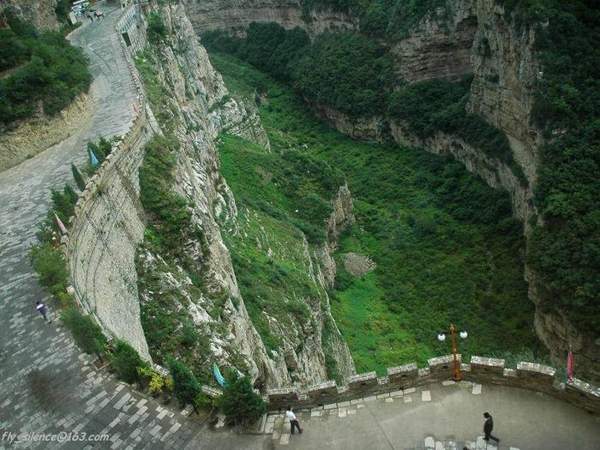
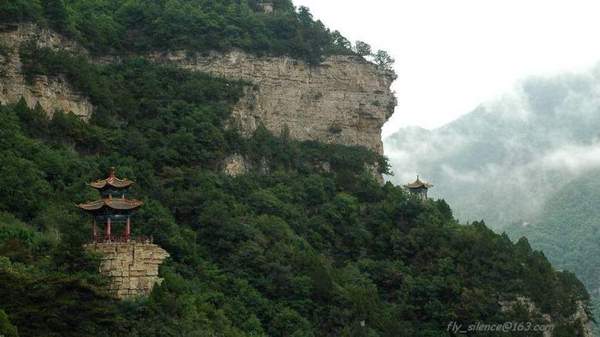
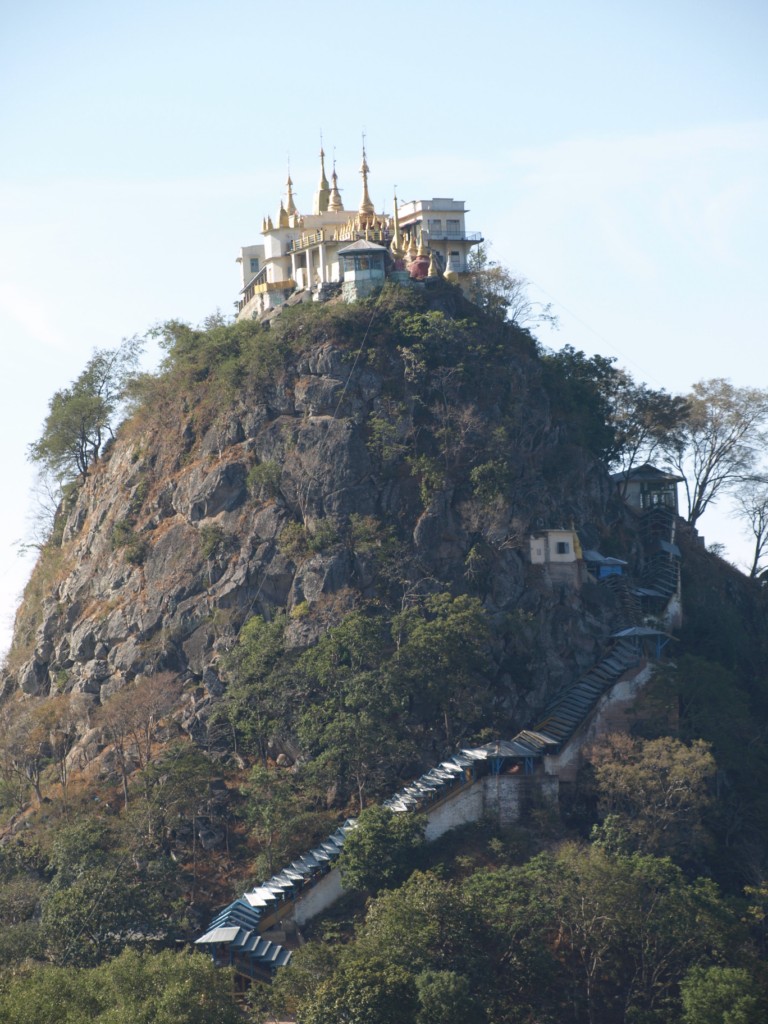
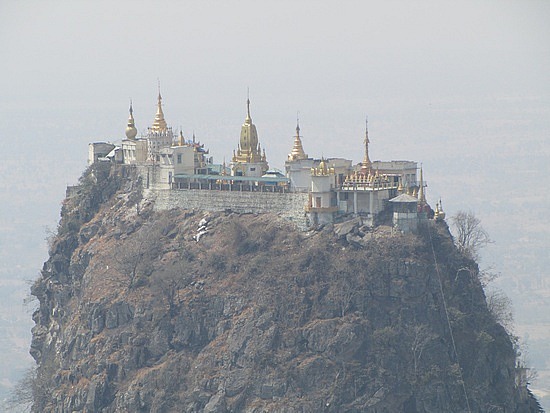
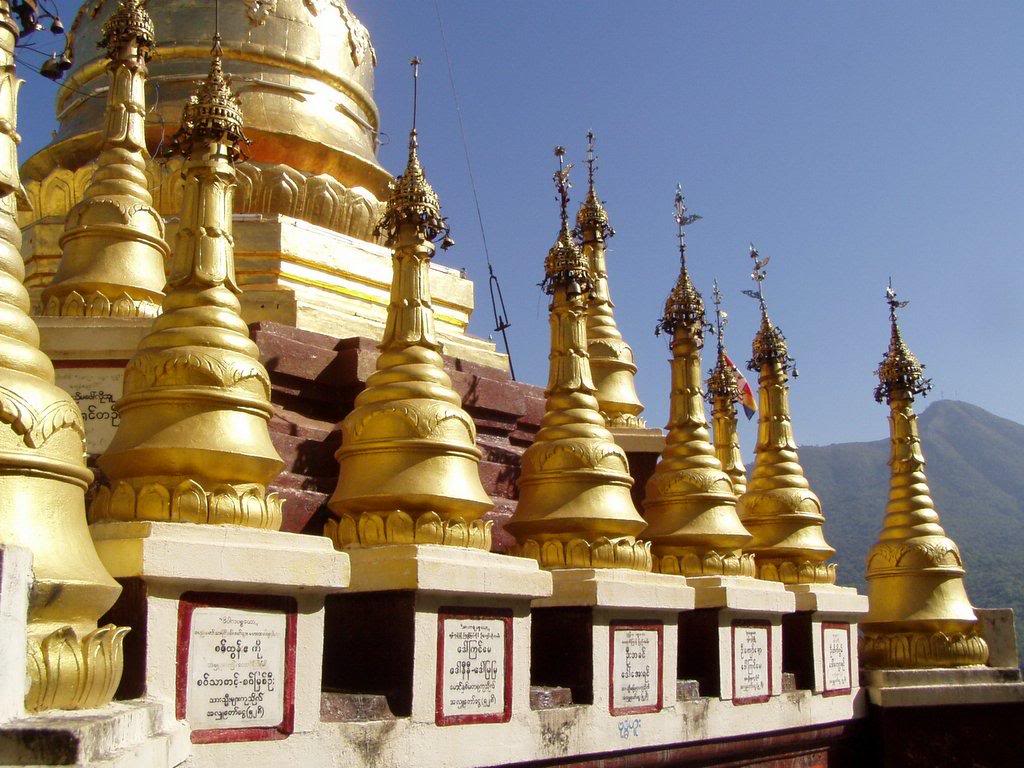
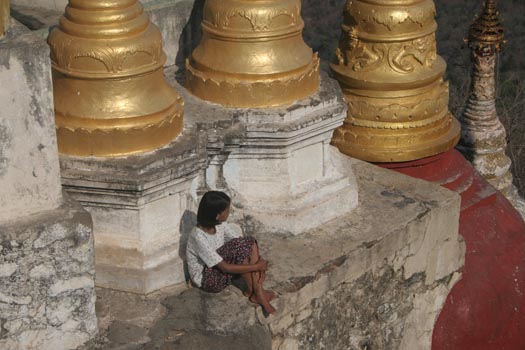
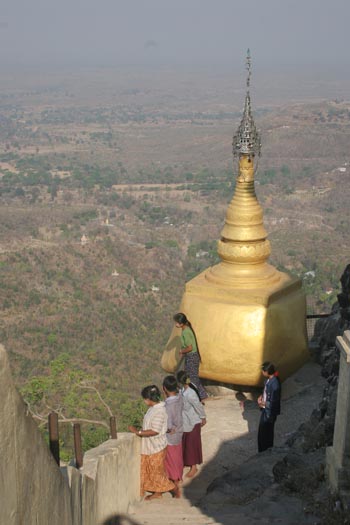
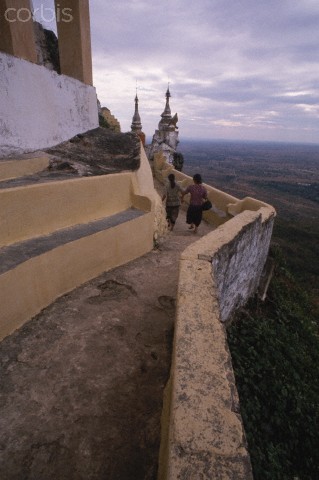
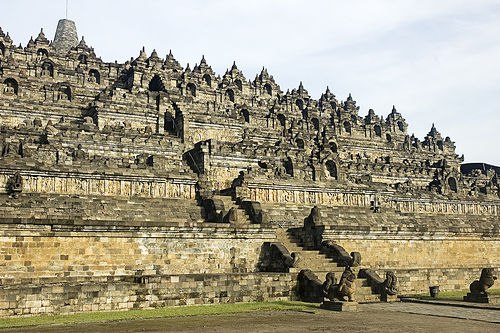
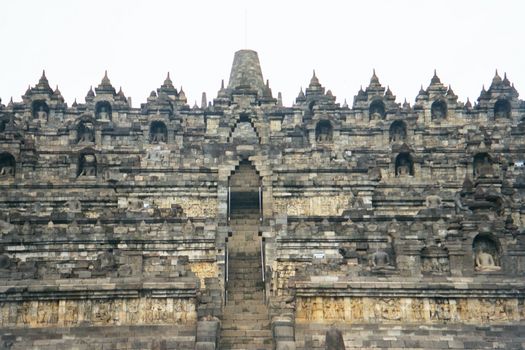
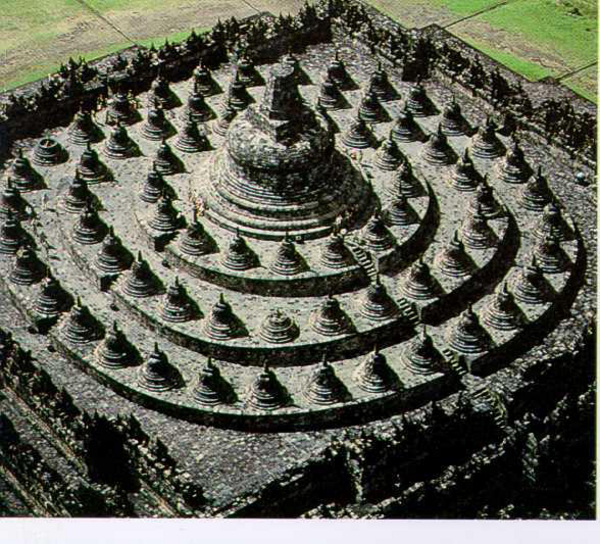
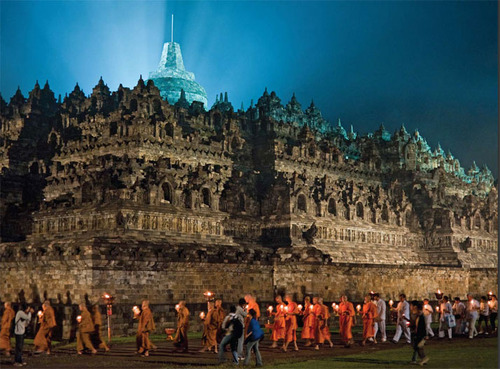
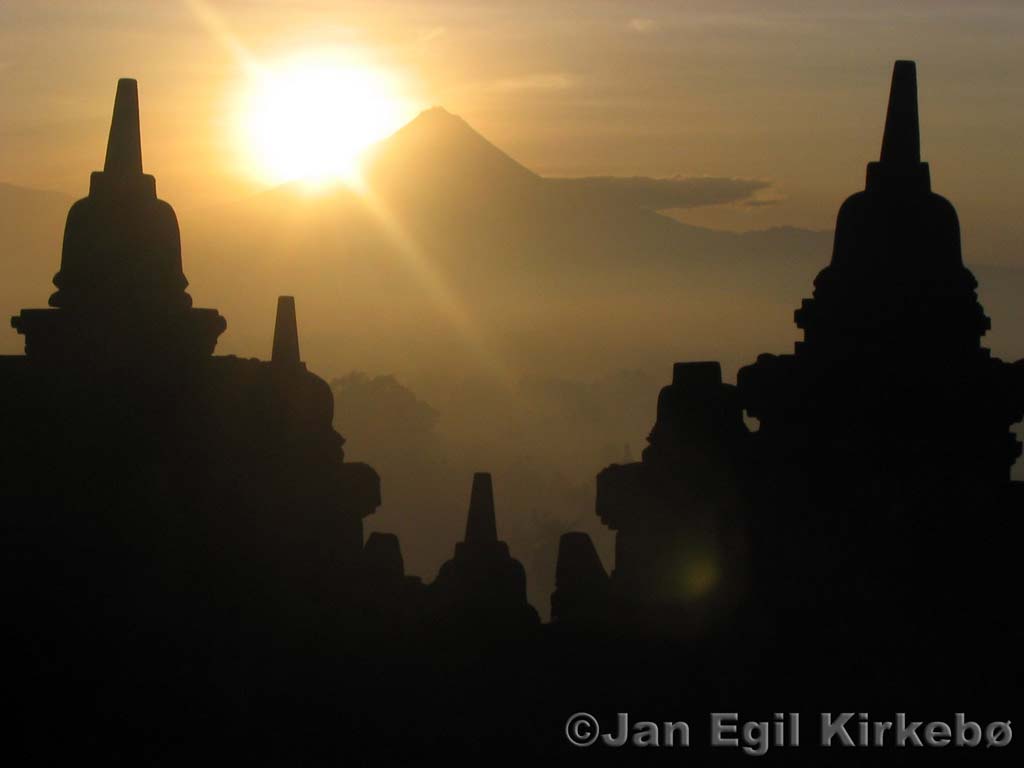
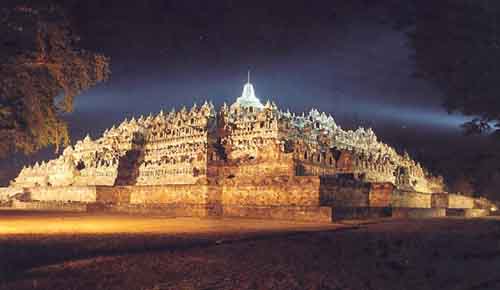
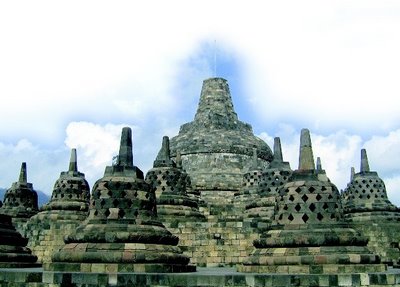

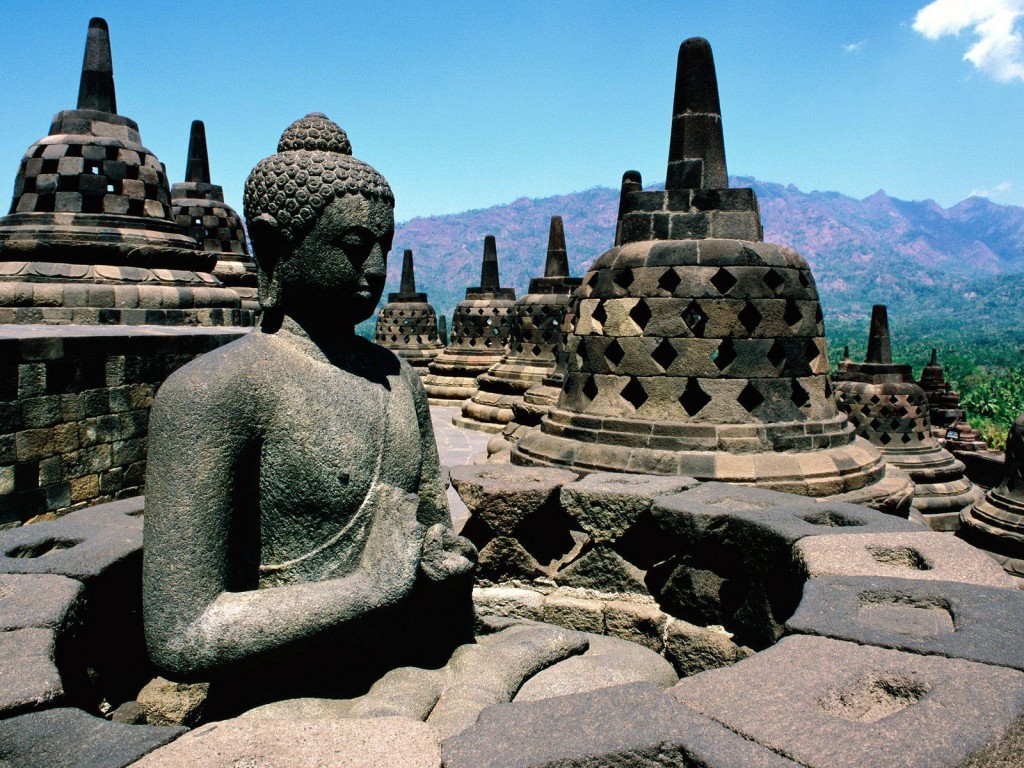
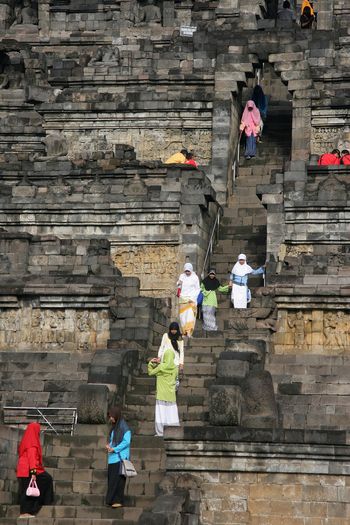
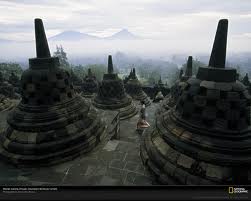
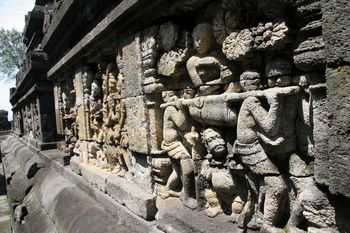
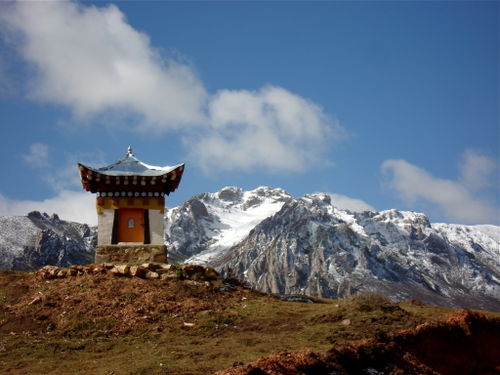
absolutely amazing that they were able to build these – it had to have been divinely guided.
Thank you for another lovely posting.
Kathleen
Wow. It made me almost dizzy to look at some of these. How could these buildings possibly have been constructed at all? Much less so long ago?
How amazing!!!!!!!!!!!!!! I have never seen anything like this. Thank you. Monica
Wonderful photos! Can almost smell the air. Lovely to look at, and so much thought and time put into the buildings and monuments. DEVOTED!!!
A dizzying triumph!! It’s so amazing what humans are capable of. I love how the buildings seem to fit perfectly into their gorgeous surroundings….architecture and nature cooperating!!
This is absolutely amazing!!!
REAL STANDING MONUMENTS OF DEDICATION,DEVOTION, DISCIPLINE OF BUDDHISTS MONKS.
extraordinar!!! eu sunt din Romania si as vrea, in viata asta, sa ajung si eu pe-acolo!
TAKE NOTE WORLD: THIS IS TAKING ADVANTAGE OF YOUR SURROUNDS AND NOT DESTROYING BUT ENHANCING WHAT NATURE HAVE GIVEN US.
en esos tiempos no tenian en mente la guerra y por eso podian construir maravillas,ahora nos dedicamos a destruir hasta el planeta
Take a look at Debre Damo, Ethiopia
Thanks, Zohar. An incredible place. I’ll have to do another post about monasteries in amazing places.
Wonderful structures/temples constructed on hills and slope without disturbing natural environment, so environment friendly. Those days no engineers to monitor the work,,, but these days every where engineers, but may not perform like that,,,, the olden monuments/structures remaining wonders in world and to the countries,,, but very little or less structures coming historical in presence of expertise these days. we the youth need to learn technology and protect our environment…
Warm thanks for these magnificent photos.~! One question:::
¿~ What’s w/ the single shot of a tiny building in Tibet~?
The caption:: 3x ‘location’ seems rather strange. I wonder if it
has anything to do w/ China’s attitude toward Tibet.
Just saying. UPAYA
Magnificent. Thanks~!
What’s w/ the single shot from Tibet of a tiny building~?
Anything to do w/ China’s attitude toward Tibet~?
I’m just saying. UPAYA
Accept my greetings for this excellent work you have done.
Your gesture of sharing this collection of wonders is really appreciable.
I bow to the people who must have planned and executed such an impossible feat.
Hats off to them !